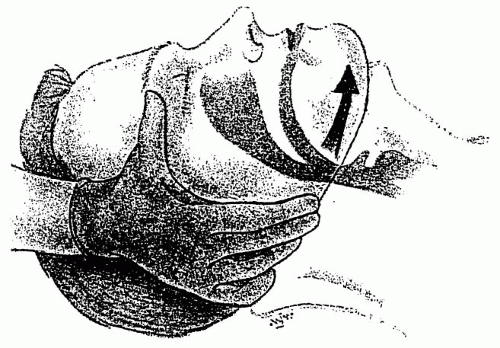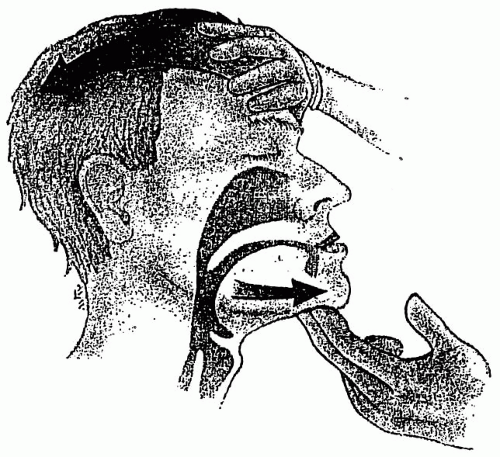During the initial hospital phase, the injured patient is rapidly assessed and the treatments are prioritized based on the mechanism of injury and the patient’s vital signs. The goal of the resuscitation is to improve organ and tissue perfusion by rapidly identifying and simultaneously treating life-threatening conditions. In most cases, the initial resuscitation of the patient is conducted in the trauma resuscitation area (the design of which is covered in
Chapter 12 of this book), but there are select patients who should bypass the trauma resuscitation area and be taken directly to the operating room for lifesaving interventions (see
Table 1). In either case, advance planning is needed so that all of the essential equipment and materials are immediately available to execute the American College of Surgeons’ Advanced Trauma Life Support (ATLS) primary and secondary surveys.
1 Standard universal precautions (e.g., face mask, eye protection, water-impervious gown, leggings, and gloves) should be used even when evaluating patients who have seemingly minor injuries.
1 Additionally, because life-threatening procedures may need to be performed during the initial resuscitation, prepackaged trays with sterile contents such as airway, tube thoracostomy, open chest, and minor and major suture trays should be well stocked and immediately available. The trays should be easily accessible, consistently in the same place, and color-coded so that they can be identified and accessed instantly.
Medications frequently used in the trauma resuscitation area are listed in
Table 2. Although the principles of resuscitation are based on the primary and secondary surveys, the resuscitating physician should keep in mind that treatment priorities are established on the basis of the patient’s mechanism of injury, obvious injuries (on presentation or diagnosis soon thereafter), clinical examination, and vital signs. Furthermore, the resuscitating physician and trauma team members identify and treat life-threatening conditions simultaneously, but continually assess and reassess the patient’s status.











